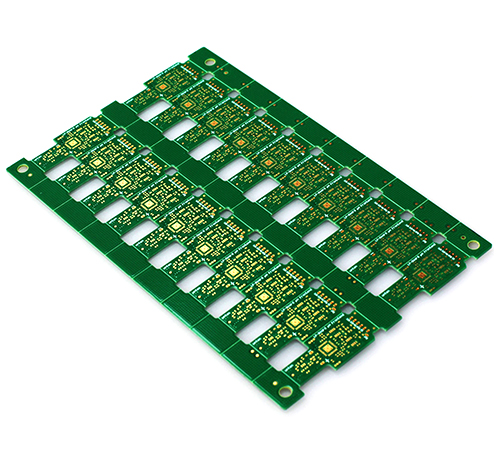Time:2022-07-25 Visit:
1. Fuse (tube) is used in the protection circuit
Because the fuse is one-time, and the response speed is slow, the effect is poor, and it is troublesome to use, the fuse is not suitable for finished LED lamps, because LED lamps are now mainly used in urban gloss projects and lighting projects. It needs to cause the protection circuit to be very harsh: the overcurrent can immediately start the normal use of the protection, so the power supply path is disconnected, so the lead and power can be protected, the whole lamp is normal, and the power supply can be automatically restored without affecting the work. The circuit can't be too complicated or too big, and the cost should be low. So it's hard to use a fuse.

2. Use transient voltage suppression diodes (TVS for short)
TVS diodes are high performance diode protection devices. When its two poles are subjected to a reverse transient high-energy shock, it can immediately reduce the high resistance between the two poles to a low resistance at a speed of 10-12 seconds, absorb up to several kilowatts of surge power, and make the voltage clamp between the two poles. Within a predetermined voltage value, the precision components in the electronic circuit are effectively protected. TVS diodes have the advantages of fast response time, high transient power, small leakage current, good consistency of breakdown voltage deviation, convenient breakdown voltage control, no damage limit, and small size.
According to the PCB factory editor, however, in actual use, it is not easy to find TVS devices that meet the required voltage value. The damage to the LED light is mainly caused by the overheating inside the current ambassador chip. TVS can only detect overvoltage, not overcurrent. It is difficult to choose a suitable voltage protection point, so the device cannot be manufactured and is difficult to use in practice.
3. Select the resettable fuse
Self-recovery fuse, also known as polymer positive temperature thermistor PTC, is composed of polymer and conductive particles. After special treatment, the conductive particles form chains of conductive paths in the polymer. PTC resettable fuses are low resistance when passing normal operating current (or the component is at normal ambient temperature).
When abnormal overcurrent (or ambient temperature rise) occurs through the circuit, the heat generated by the large current (or ambient temperature rise) causes the polymer to expand rapidly, and at the same time cuts off the conductive path formed by the conductive particles, the PTC self-recovery fuse is in a high resistance state; when the overcurrent (overtemperature state) in the circuit disappears, the polymer cools down, the volume returns to normal, the conductive particles reconstitute the conductive path, and the PTC self-recovery fuse returns to the initial low-resistance state